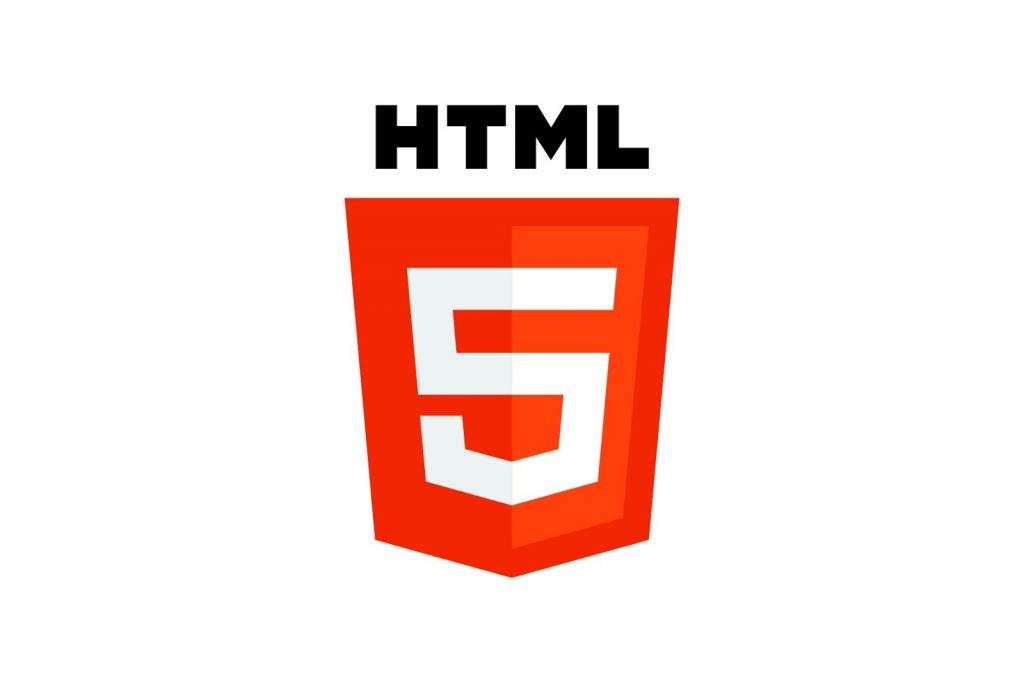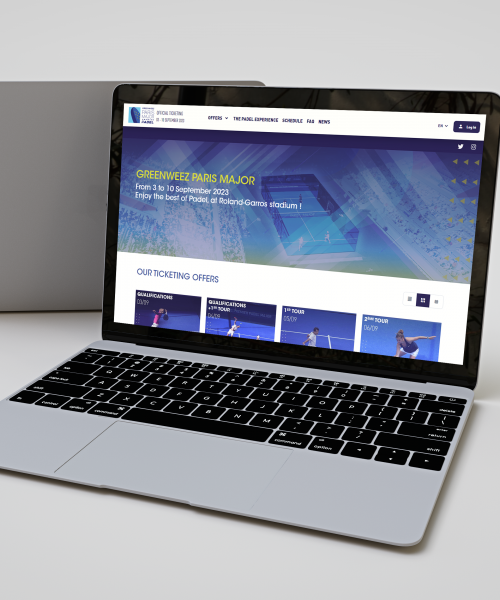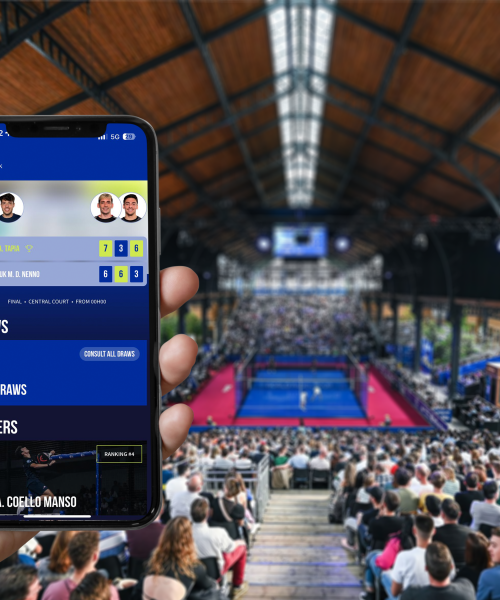This case study details how we turn a SAS analytics platform into an interactive customized platform. From understanding complex business processes to customizing the interface with the users’ needs, and the corporate graphic charter.
Key Challenges
Our client is among the world’s leading companies in healthcare. We’ve been supporting the client for several years with the SAS platform. Check out one of our previous work on this platform: Migrating SAS analytics platform to Azure Cloud.
The platform hosts multiple different projects such as for predictive Maintenance, NLP or forecasting applications. One project involved a highly customized SAS Viya Visual Analytics dashboard. Here, the user can enter data, start complex calculations, or simply work with the most recent data.
Our Approach
In order to meet the challenge that our client assigned to us, we:
- Understood complex business processes
- Connected different data sources
- Aggregated data and generated insights
- Removed sensitive data and seted-up f row level security
At first, the Backend had to sum up the data from all the different databases. Indeed, the analytics platform was linked to a massive database with millions of records, and all this data needed to be uploaded to the future interface. Since it was sensitive data, we needed to understand what specific data should the user see and should not see, what is private or what is the user allowed to store on the front end, etc. As a simple example, colleagues from France should only see data from France.
After pre-aggregations and reducing the data amount, our product team used SAS Viya to have a customized user interface. This also enables our client to permanently store the input from the user in the interface database. This way, the data used for the interface would be maintainable, stable, and can be run on an everyday basis by our client’s team.
Second, the Front end works with SAS Viya to customize the interface with the users’ needs and the corporate graphic charter. They work with an Agile approach, creating a POC to validate the proposition with the client team. Once they were satisfied, we implemented the interface on the SAS platform.
Benefits
This interface allowed our client to:
- Interact with the data: visualize the data, comment it and overwrite results.
- Be self-sufficient: store data, send data and create reports
- Get insight from the initial analytics platform: results and reports can be downloaded and graphically displayed.
- Save time by gathering the data into one unique place: sharing the information with filter access and aligning ways of working with data within the different entities’ departments.
- Scale the processes: align ways of working with data and give access to the same updated information within the different entities’ departments.
- Access to more data: insights from many different data sources
Partners & Technologies
Discover what we do in our Software Product Engineering Expertise.












